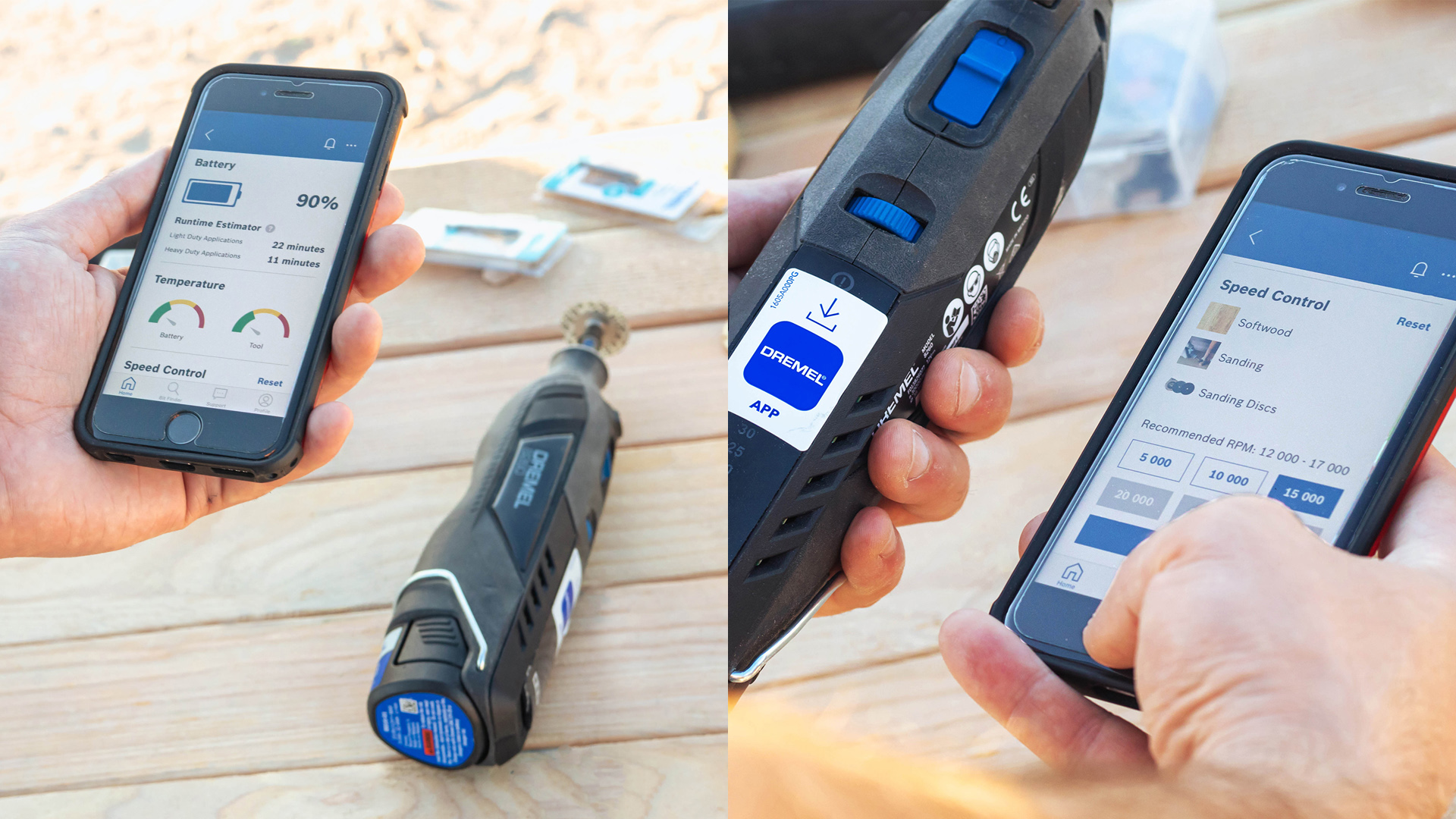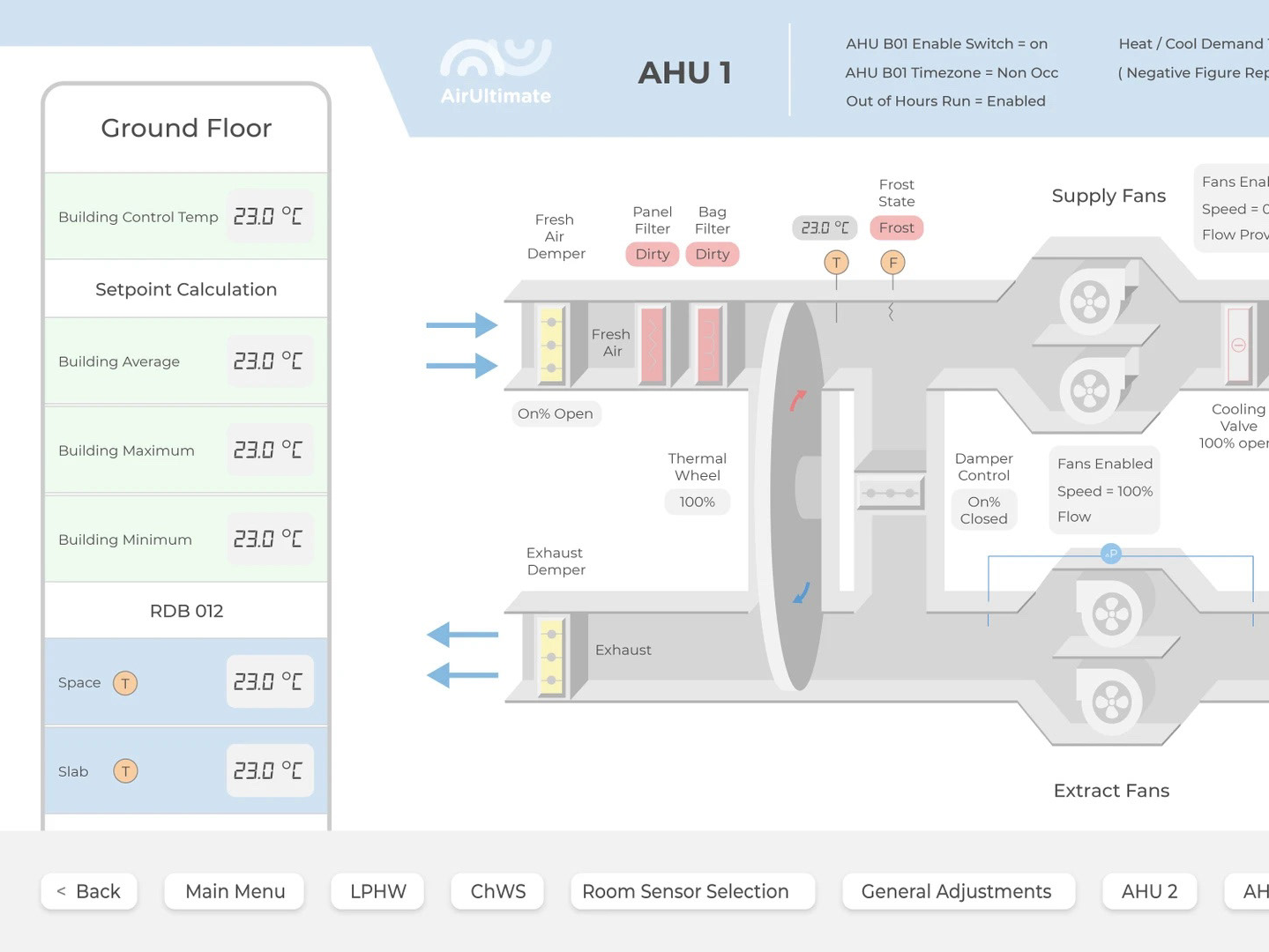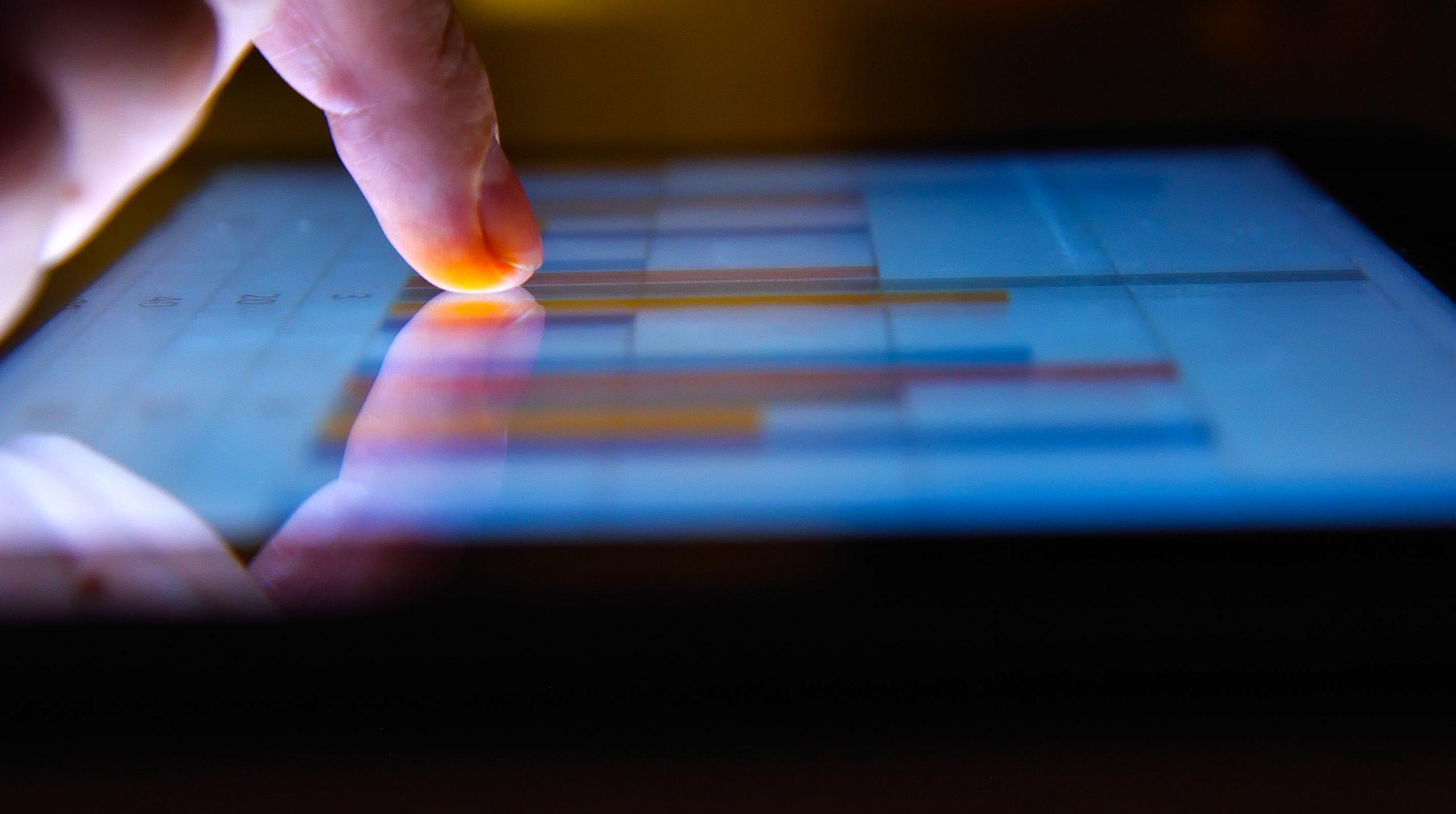Revolutionizing Connectivity: Remote IoT Management Platform Examples
Hey there, tech enthusiasts! Today, we're diving deep into the world of remote IoT management platforms. If you're scratching your head wondering what that means, don't sweat it. Simply put, these platforms allow you to manage Internet of Things devices from afar. Whether it's monitoring smart home devices or controlling industrial machinery, remote IoT management is the next big thing in tech. Stick around because this is going to be a game-changer!
Now, let's get into why remote IoT management platforms are so crucial. In today's hyper-connected world, businesses and individuals need seamless ways to interact with their IoT devices. Imagine being able to adjust the temperature of your smart thermostat while lounging on a beach thousands of miles away. Sounds cool, right? These platforms make that possible and so much more. Let's explore how they work and why they matter.
As we delve deeper, you'll discover real-world examples of remote IoT management platforms, understand their features, and learn how they can revolutionize your daily life or business operations. So, buckle up because this ride is packed with insights, tips, and actionable information. Let's make this journey count!
- Ramen Bacteria Is Your Noodle Soup Safe Find Out Now
- Urgent Ramen Recall 2024 Which Ramen Was Recalled What To Do
What Exactly Is a Remote IoT Management Platform?
A remote IoT management platform is essentially the backbone of IoT ecosystems. Think of it as the brain that controls all connected devices from a distance. These platforms offer a centralized dashboard where users can monitor, configure, and troubleshoot IoT devices without being physically present. Whether it's a small-scale smart home setup or a large-scale industrial IoT network, these platforms provide the tools needed to keep everything running smoothly.
Here’s why they’re so important:
- Enhanced control over IoT devices
- Improved efficiency and productivity
- Real-time data analytics and insights
- Cost-effective solutions for managing complex systems
And that's just the tip of the iceberg. As we move forward, you'll see how these platforms are shaping the future of connectivity.
- Urgent What You Need To Know About The Ramen Noodles Recall Now
- Diving Deep The R Kelly Sex Tape Scandal Its Legacy Unveiled
Top 10 Remote IoT Management Platform Examples
Alright, let's cut to the chase. Here are some of the most impressive remote IoT management platform examples out there:
1. AWS IoT Core
AWS IoT Core is Amazon's flagship platform for managing IoT devices. It allows billions of devices to securely and reliably connect to the cloud. With AWS IoT Core, you can build IoT applications that gather and analyze data without worrying about the underlying infrastructure. Plus, it integrates seamlessly with other AWS services, making it a powerful choice for businesses.
2. Microsoft Azure IoT Hub
Microsoft Azure IoT Hub is another heavy hitter in the remote IoT management space. It provides reliable communication between IoT devices and the cloud, enabling bidirectional messaging. Azure IoT Hub also supports device management features like firmware updates and monitoring, making it a versatile option for enterprises.
3. Google Cloud IoT Core
Google Cloud IoT Core is Google's answer to remote IoT management. It offers secure and scalable connectivity for IoT devices, along with robust analytics capabilities. With its integration with Google's machine learning tools, this platform is perfect for businesses looking to leverage AI in their IoT solutions.
4. IBM Watson IoT Platform
IBM Watson IoT Platform is all about turning data into insights. It provides a comprehensive suite of tools for managing IoT devices and extracting valuable information from the data they generate. With Watson's cognitive capabilities, businesses can make smarter decisions based on real-time data.
5. ThingWorx
ThingWorx by PTC is a powerful IoT platform that focuses on rapid application development. It offers a wide range of features, including data visualization, connectivity, and analytics. ThingWorx is ideal for businesses looking to create custom IoT solutions quickly and efficiently.
6. Bosch IoT Suite
Bosch IoT Suite is designed to help businesses manage their IoT ecosystems effortlessly. It provides a suite of tools for device management, data analytics, and application development. With its modular architecture, Bosch IoT Suite can be tailored to meet the specific needs of any organization.
7. Losant
Losant is an enterprise-grade IoT platform that offers a drag-and-drop interface for building IoT applications. It's perfect for businesses that want to create custom solutions without extensive coding. Losant also provides robust data visualization and analytics capabilities, making it a top choice for many.
8. Zio by Zebra Technologies
Zio by Zebra Technologies is a cloud-based IoT platform that focuses on healthcare and manufacturing applications. It offers real-time monitoring and analytics for IoT devices, enabling businesses to optimize their operations and improve patient care.
9. Particle
Particle is a developer-friendly IoT platform that simplifies the process of building and managing IoT devices. It offers a range of hardware and software solutions, along with a cloud-based dashboard for device management. Particle is a great option for startups and small businesses looking to get started with IoT.
10. Kaa IoT Platform
Kaa IoT Platform is an open-source IoT platform that provides a comprehensive set of tools for managing IoT devices. It offers features like device management, data collection, and analytics, making it a versatile choice for businesses of all sizes.
Key Features of Remote IoT Management Platforms
Every remote IoT management platform comes packed with features that make managing IoT devices a breeze. Here are some of the most important ones:
- Device Management: Control and monitor IoT devices from a centralized dashboard.
- Real-Time Data Analytics: Analyze data generated by IoT devices in real-time to gain valuable insights.
- Security: Ensure the security of your IoT ecosystem with robust authentication and encryption protocols.
- Scalability: Easily scale your IoT network as your needs grow.
- Integration: Seamlessly integrate with other platforms and services to enhance functionality.
These features make remote IoT management platforms indispensable for anyone looking to harness the power of IoT.
Benefits of Using Remote IoT Management Platforms
So, why should you consider using a remote IoT management platform? Here are some compelling reasons:
- Increased Efficiency: Automate routine tasks and streamline operations.
- Cost Savings: Reduce costs associated with manual device management and maintenance.
- Improved Decision-Making: Make informed decisions based on real-time data analytics.
- Enhanced Security: Protect your IoT devices and data from cyber threats.
- Scalability: Easily expand your IoT network as your business grows.
With so many benefits, it's no wonder that remote IoT management platforms are becoming the go-to solution for businesses and individuals alike.
Challenges in Remote IoT Management
While remote IoT management platforms offer numerous advantages, they also come with their fair share of challenges. Here are some common ones:
- Security Concerns: Ensuring the security of IoT devices and data is a top priority.
- Interoperability Issues: Different devices and platforms may not always work seamlessly together.
- Complexity: Managing a large-scale IoT network can be complex and require specialized skills.
- Cost: Implementing and maintaining an IoT management platform can be expensive.
Despite these challenges, the benefits of remote IoT management far outweigh the drawbacks for most users.
How to Choose the Right Remote IoT Management Platform
Picking the right remote IoT management platform can be a daunting task. Here are some tips to help you make the right choice:
- Define Your Needs: Identify the specific requirements of your IoT project.
- Assess Scalability: Ensure the platform can grow with your business.
- Check Security Features: Prioritize platforms with robust security measures.
- Consider Integration Options: Choose a platform that integrates well with your existing systems.
- Read Reviews: Look for feedback from other users to gauge the platform's performance.
By following these guidelines, you can find a remote IoT management platform that meets your needs and budget.
Future Trends in Remote IoT Management
The world of remote IoT management is evolving rapidly. Here are some trends to watch out for:
- AI and Machine Learning: These technologies are being integrated into IoT platforms to enhance data analysis and decision-making.
- Edge Computing: Processing data at the edge of the network is becoming more common to reduce latency and improve performance.
- 5G Connectivity: The rollout of 5G networks will enable faster and more reliable communication between IoT devices.
- Blockchain: This technology is being explored for enhancing the security and transparency of IoT ecosystems.
As these trends unfold, remote IoT management platforms will become even more powerful and versatile.
Real-World Applications of Remote IoT Management
Remote IoT management platforms are being used in a variety of industries to solve real-world problems. Here are some examples:
1. Smart Cities
IoT platforms are being used to manage traffic, monitor air quality, and optimize energy consumption in urban areas. This leads to more sustainable and livable cities.
2. Healthcare
In healthcare, IoT devices are used to monitor patients remotely, track medical equipment, and manage inventory. This improves patient care and reduces costs.
3. Agriculture
Farmers are using IoT platforms to monitor soil conditions, weather patterns, and crop health. This helps them optimize yields and reduce resource usage.
4. Manufacturing
In manufacturing, IoT platforms are used to monitor machinery, predict maintenance needs, and optimize production processes. This leads to increased efficiency and reduced downtime.
These applications demonstrate the versatility and potential of remote IoT management platforms across various sectors.
Conclusion: Embrace the Future of Connectivity
Well, there you have it – a comprehensive look at remote IoT management platforms and their impact on our world. From enhancing efficiency to improving security, these platforms offer countless benefits for businesses and individuals. As we move forward, the integration of AI, edge computing, and other emerging technologies will only make these platforms more powerful and versatile.
So, what are you waiting for? Dive into the world of remote IoT management and see how it can transform your life or business. Don't forget to share your thoughts in the comments below and check out our other articles for more tech insights. Until next time, stay connected and keep innovating!
Table of Contents
- Revolutionizing Connectivity: Remote IoT Management Platform Examples
- What Exactly Is a Remote IoT Management Platform?
- Top 10 Remote IoT Management Platform Examples
- Key Features of Remote IoT Management Platforms
- Benefits of Using Remote IoT Management Platforms
- Challenges in Remote IoT Management
- How to Choose the Right Remote IoT Management Platform
- Future Trends in Remote IoT Management
- Real-World Applications of Remote IoT Management
- Conclusion: Embrace the Future of Connectivity
- Why Camila Cabello Faced Allegations Of Racism Latest Update
- Urgent Alert Ramen Noodle Recall What You Must Know Now

Device Management Platform IoT Examples Best Solutions 2024

IOT Management Platform 管理平台後端 Jasmine Kao’s Portfolio

IoT Management Platform Persistent Systems